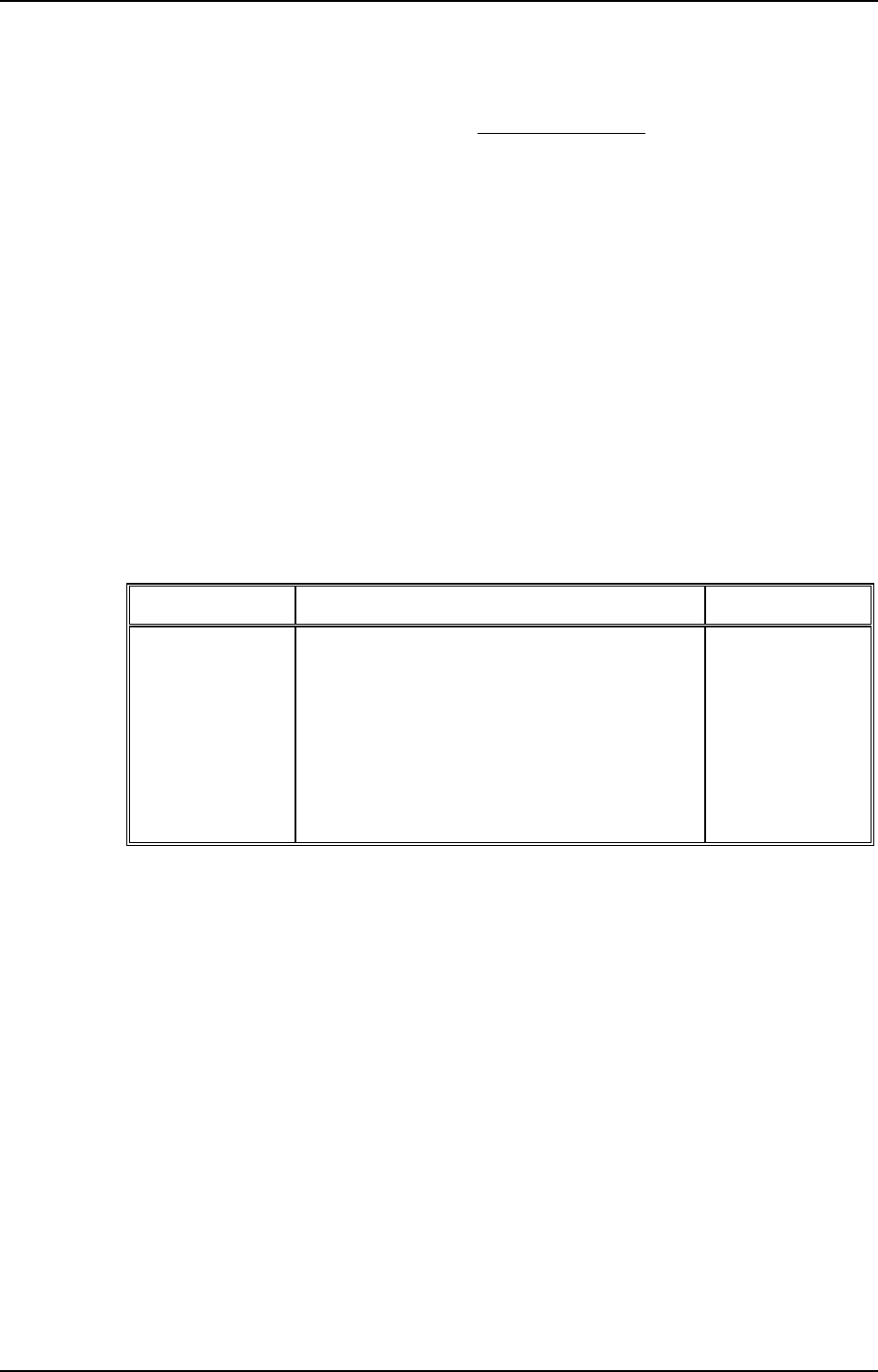
5-15
(6) Using the figure recorded in (4) as a reference, calculate the change in response at each
modulation frequency using the formula:
þ
ý
ü
î
í
ì
)4(in recorded Figure
)5(in recorded Figure
log20
10
Check that the results are within the specifications shown in Table 5-29.
Amplitude modulation
Specification
Range 0 to 99.9%.
Resolution 0.1%.
Accuracy For carrier frequencies less than 500 MHz (usable to 2 GHz): ±5% of set depth at 1 kHz
rate at +17°C to 27°C ambient temperature.
Temperature coefficient <0.02% per °C.
Bandwidth (1 dB) DC to 30 kHz (DC coupled),
10 Hz to 30 kHz (AC coupled),
20 Hz to 30 kHz (AC coupled with ALC).
Distortion Less than 2.5% at 1 kHz rate for modulation depths up to 80%,
Less than 1.5% at 1 kHz rate for modulation depths up to 30%.
Test equipment
Description Minimum specification Example
Modulation meter
AM accuracy ±1% at 1 kHz modulation frequency
IFR 2305 with
distortion option
DVM DC voltage measurement Solartron 7150+
50 Ω load
(termination)
1 W 50 Ω nominal impedance, DC to 2.4 GHz
Lucas Weinschel
M1404N
Audio analyzer Capable of measuring THD of 0.01% from 100 Hz
to 20 kHz
Rohde &
Schwarz UPA3
Function
generator
DC to 30 kHz sine, ±0.6 dB flatness
Agilent 3325B
AM depth and distortion
Test procedure
(1) Connect the test equipment as shown in Fig. 5-7.
(2) On the UUT set:
Carr Freq 1.5 MHz
RF Level −4 dBm
Mod Mode AM Internal
Source On
Mod On
AM1 Level 30%
(3) On the modulation meter, select CAL, AM, 300 Hz
Þ 3.4 kHz LF filter.
(4) Measure the AM accuracy and distortion at the frequencies shown in Table 5-30 checking
that the results are within specification.
(5) Set the UUT AM1 level to 80% and repeat (4).
(6) Set the UUT to RF level +7 dBm and repeat (2) to (5) using Table 5-31.
(7) Set the UUT to RF level +13 dBm and repeat (2) to (5) using Table 5-32.


















